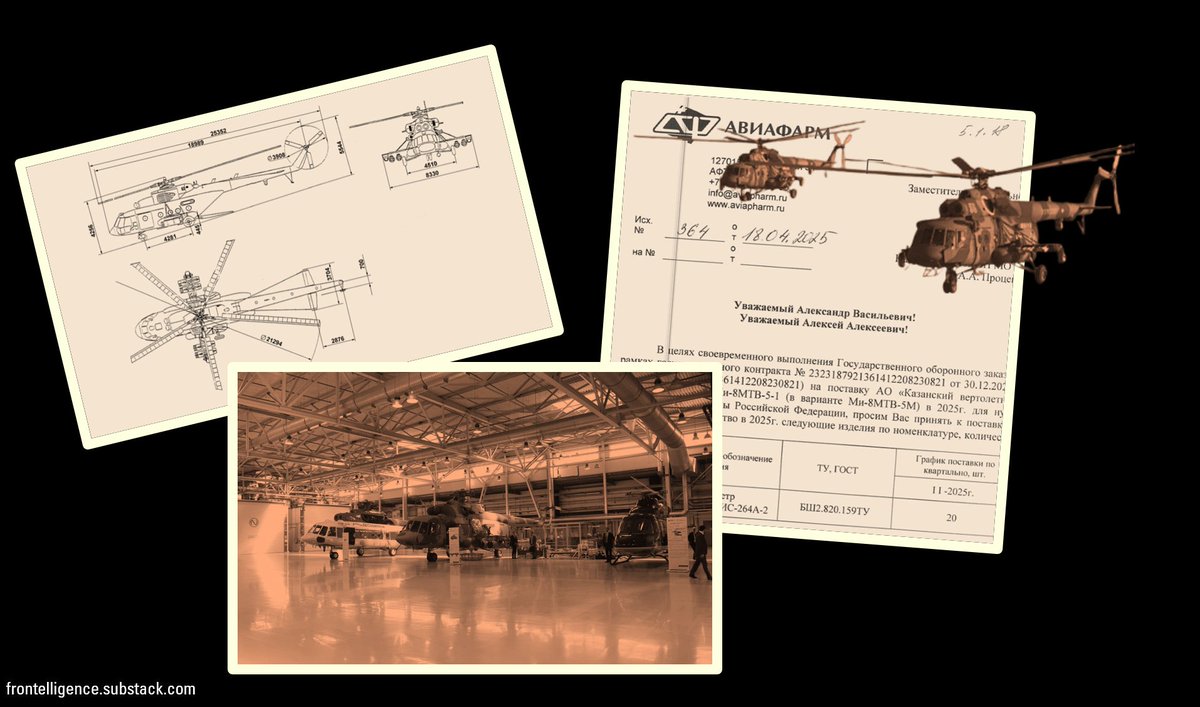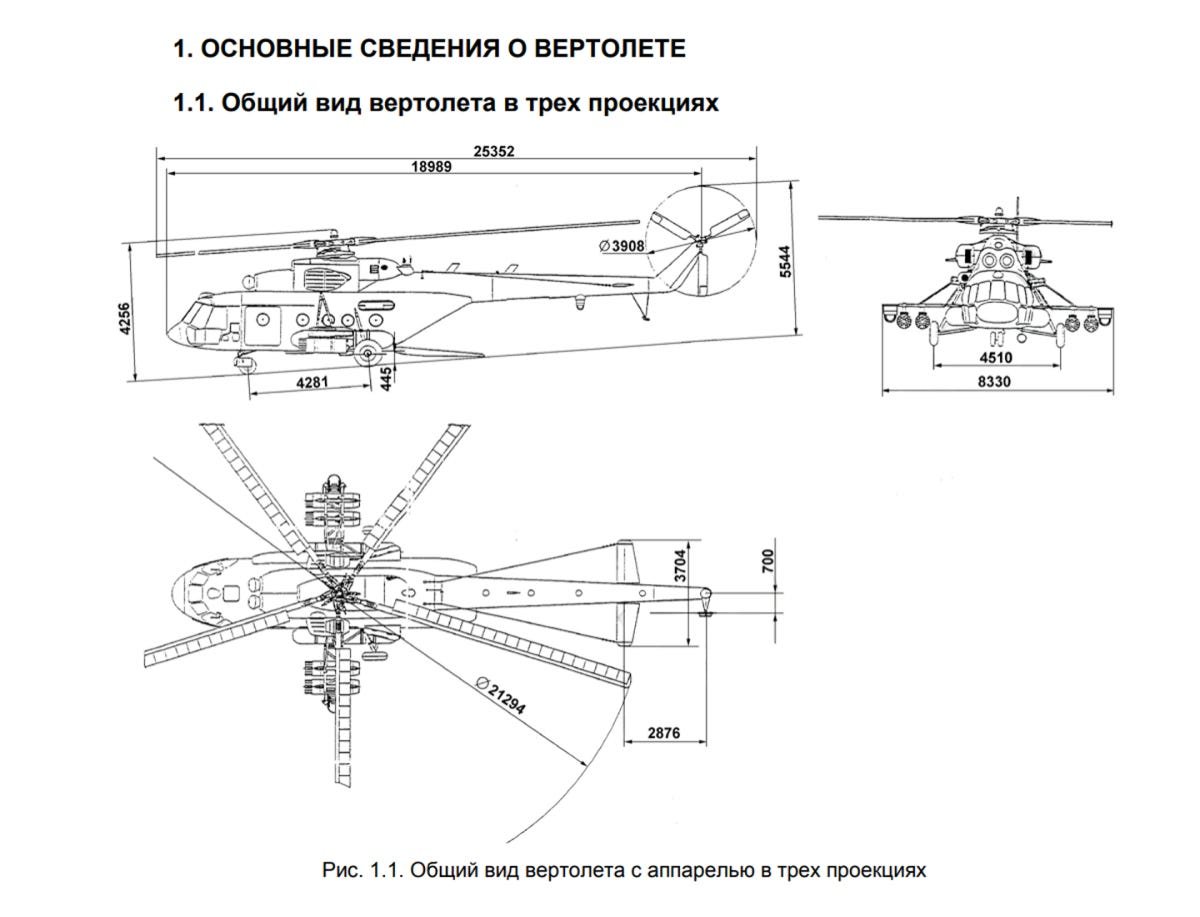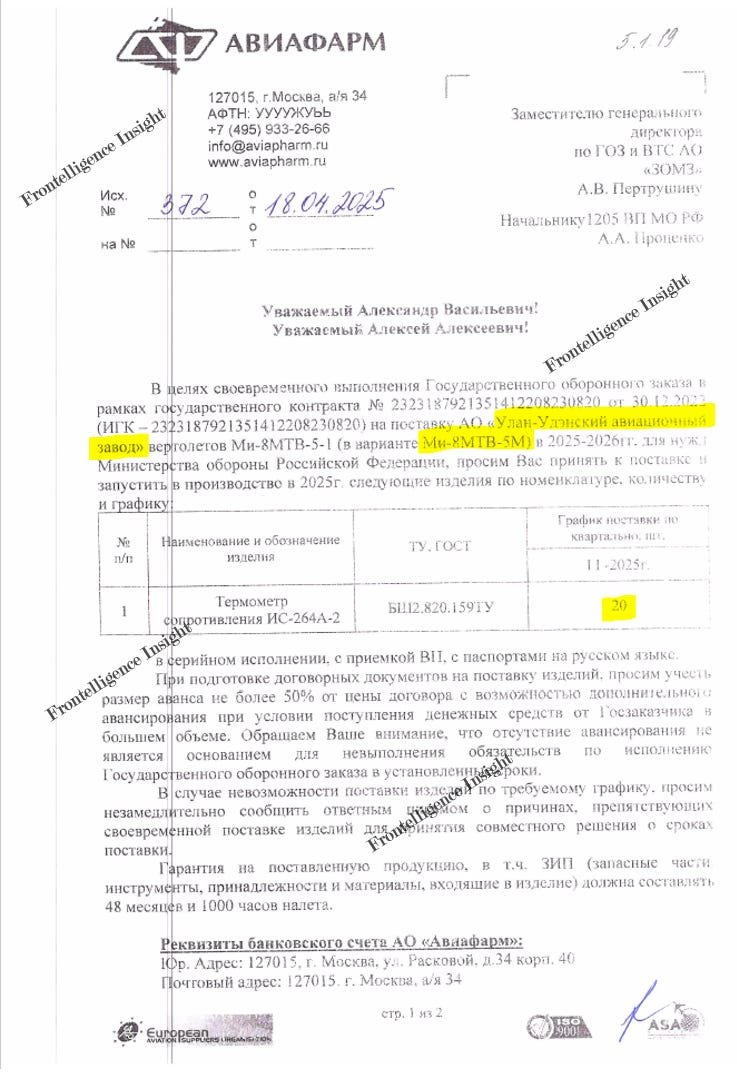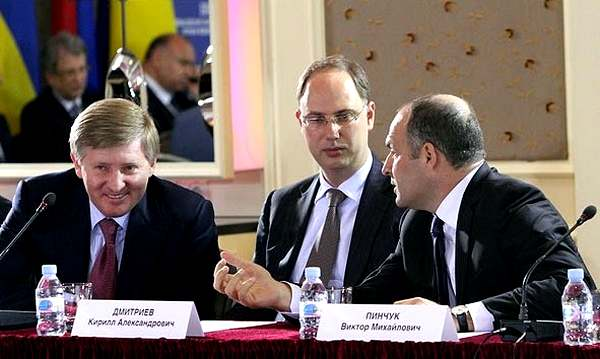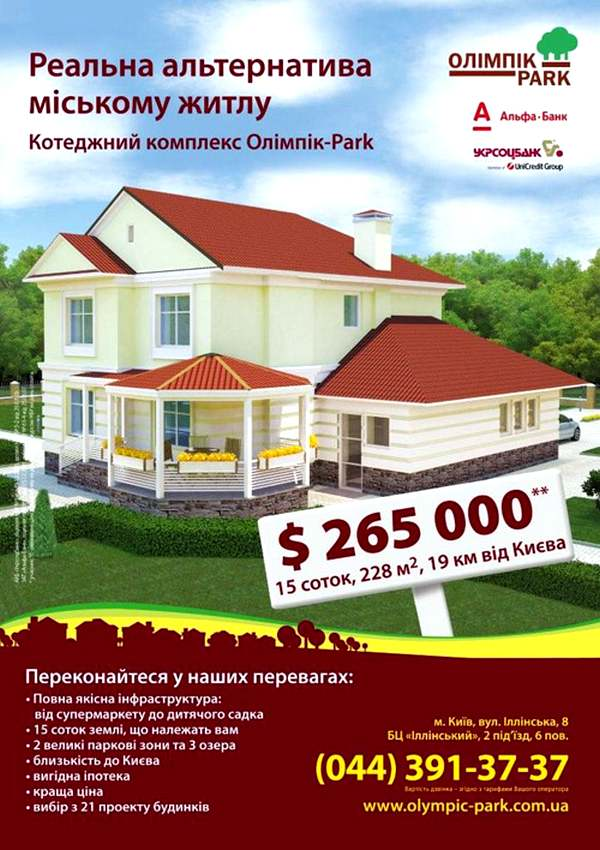During times of war, determining the enemy's production capacity, often shrouded in secrecy, is a challenging task. As promised, today's focus involves employing satellite imagery analysis and OSINT to approximate production numbers at BTRZ-103 (Armored Repair Plant). 🧵Thread: 

2/ Before delving into specifics, let's clarify the role of BTRZ-103. Situated near Chita in Russia's East, this plant specializes in repairing and modernizing vehicles. The facility's current emphasis centers on T-62, BRDM, and BMP vehicle modernizations.
3/ T-62 tanks undergo complete disassembly, with engine replacements, rust removal, installation of new wiring, fire control, sight systems, and upgraded armor with ERA blocks. A contract was awarded to BTRZ-103 for the modernization of 800 T-62 tanks over a 3-year span. 
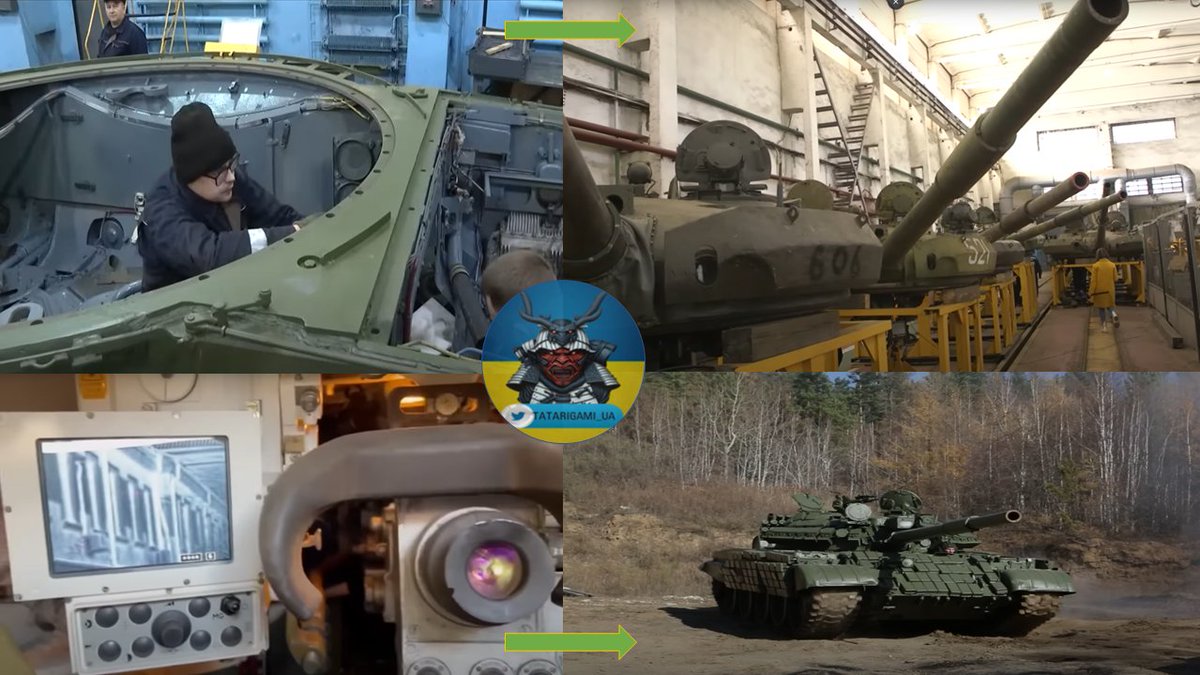
4/ Based on satellite imagery from mid-April and late June, we observe 11 and 17 recently modernized tanks respectively, evident by distinct appearances and darker paint, a distinguishable detail from faded paint on other vehicles. 

5/ Significant portions of the scrapyard appear relatively untouched, implying many vehicles are in poor condition, designated for last-resort storage or deemed irreparable, corroborated by recent satellite imagery and photos from nearly a decade ago. 

6/ Despite relocation of vehicles to the facility's interior, not all will undergo modernization, as interviews with factory workers reveal assessment for repair feasibility or potential use as parts. 
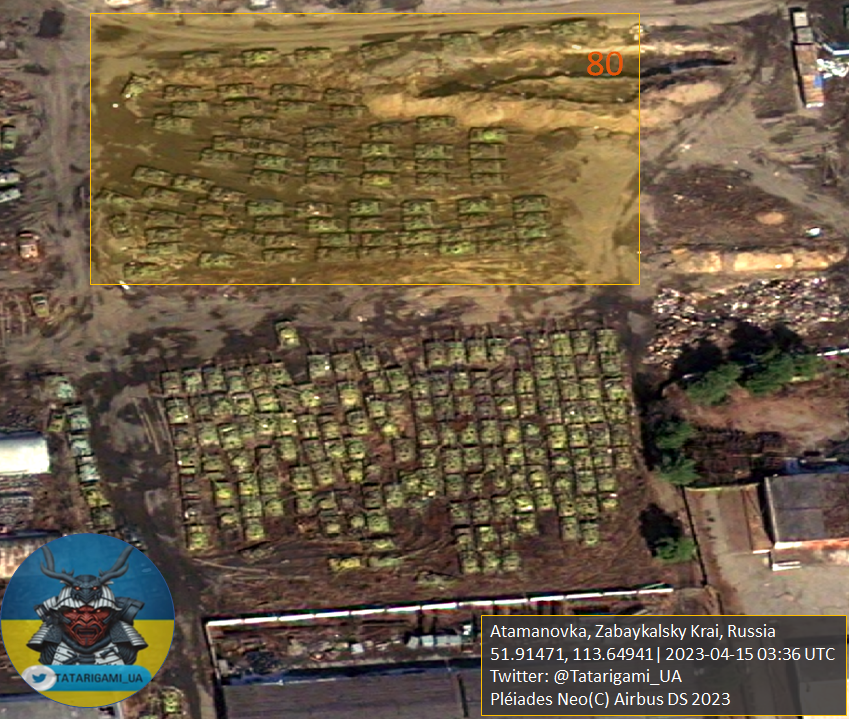
7/ Considering Gurulev's prior remarks, coupled with accessible satellite imagery illustrating a two-month gap and internal facility videos, my assessment suggests a production range spanning from a conservative estimate of 7 tanks per month to a more generous estimate of 17. 
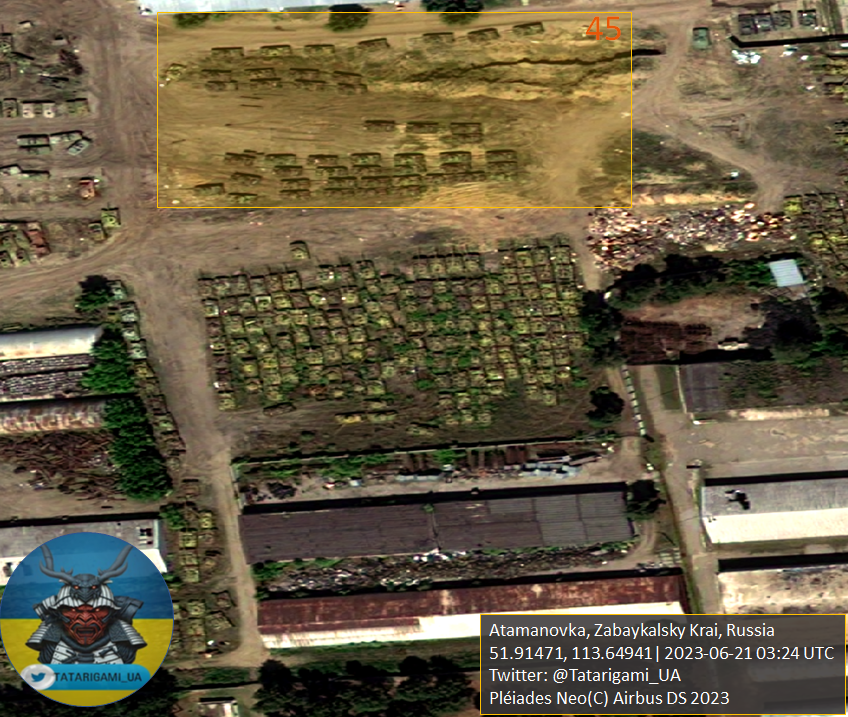
8/ These estimates, 7 to 17 tanks per month, provide a general overview of production scale, with a range of uncertainties. This falls below the Russian target of 16 tanks per month, translating to 576 tanks in three years, fewer than the stipulated 800. 

9/ It's important to note this facility isn't the sole repair/modernization center in Russia. There other factories and BTRZ plants (22, 61, 81, 103, 144, 153), albeit it appears that their production scale could be even lower. 
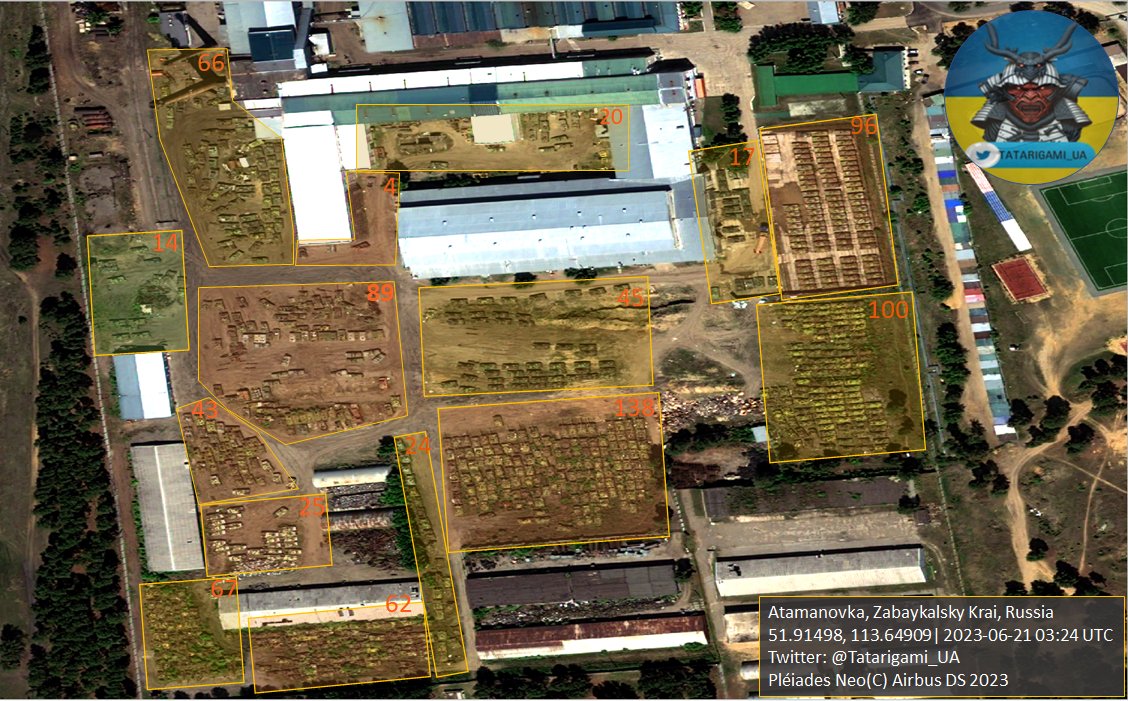
10/ Despite ERA blocks, the T-62's armor remains vulnerable to contemporary anti-tank weaponry. Nevertheless, they retain utility in offering indirect fire support and presenting a formidable challenge to mobile forces attempting to advance or flank the secondary defense line.
11/ It's worth noting that our destruction of russian tanks currently surpasses their repair and production capabilities. Nonetheless, this threat persists for our units, particularly those with limited resources. Maintaining assistance to Ukraine is vital to keep this trend
12/ Your contributions via Buy Me A Coffee have enabled the availability of this satellite imagery and others. If you found this thread valuable, please support by liking and retweeting the first message of the thread. Your engagement enables me to provide better materials
A typo here. I meant to say that the goal was set at 800, and with current production tempo it won’t reach 800 in 3 years.
• • •
Missing some Tweet in this thread? You can try to
force a refresh




